In recent times, Huawei's mid-budget smartphones have enjoyed popularity among consumers. One of the representatives in this class is Huawei P Smart Pro. How it differs from its predecessors and what are its advantages - this you will learn from the following lines.
Huawei P smart Pro 2019 Specifications
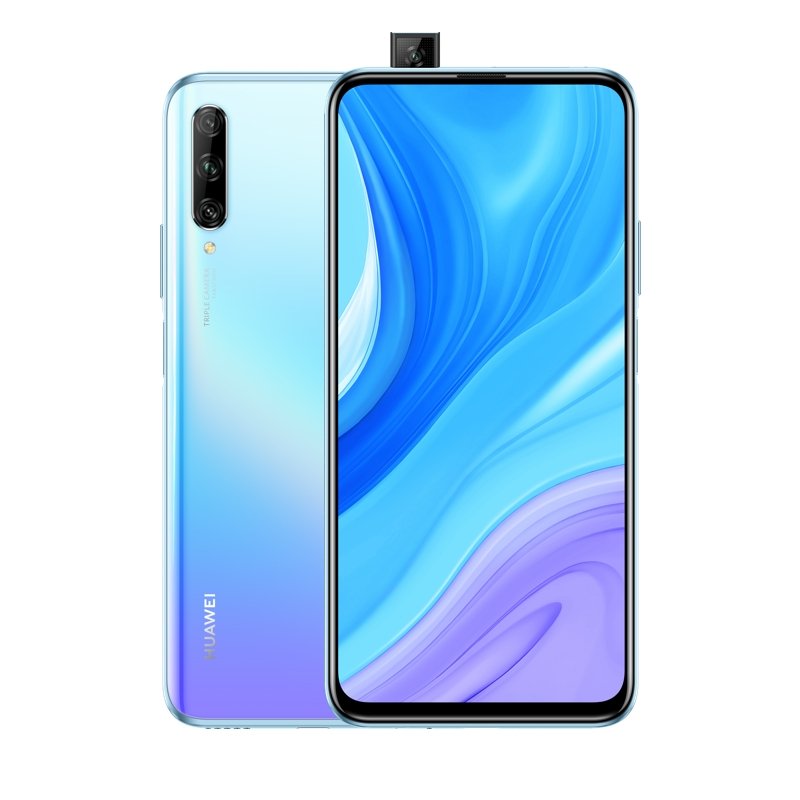
- Release date: 2019, December
- Colors: Midnight Black, Breathing Crystal
- Dimensions: 163.1 x 77.2 x 8.8 mm.
- Weight: 206 g.
- Screen: 6.59" in, 1080 x 2340, LTPS IPS LCD
- Camera : Triple, 48MP
- Chipset: Hisilicon Kirin 710F (12 nm)
- CPU: Octa-core (4x2.2 GHz Cortex-A73 & 4x1.7 GHz Cortex-A53)
- Memory: 128GB 6GB RAM
- Battery: 4000, Non-removable Li-Po
- Network: GSM / HSPA / LTE
- Operating system: Android 9.0 (Pie); EMUI 9.1
- Sensors: Fingerprint (side-mounted), accelerometer, gyro, proximity, compass
If you are curious to find out all the details before reading the full review, visit the page for Huawei P smart Pro 2019 Specs, where you will find even the smallest detail about the phone.
Design

Huawei P Smart Pro is a large and heavy phone. Its display is serious. A key feature of the model is the use of a screen with thin bezels. As you notice, there is no notch for the front camera. The front camera emerges sympathetically from the body.
Display
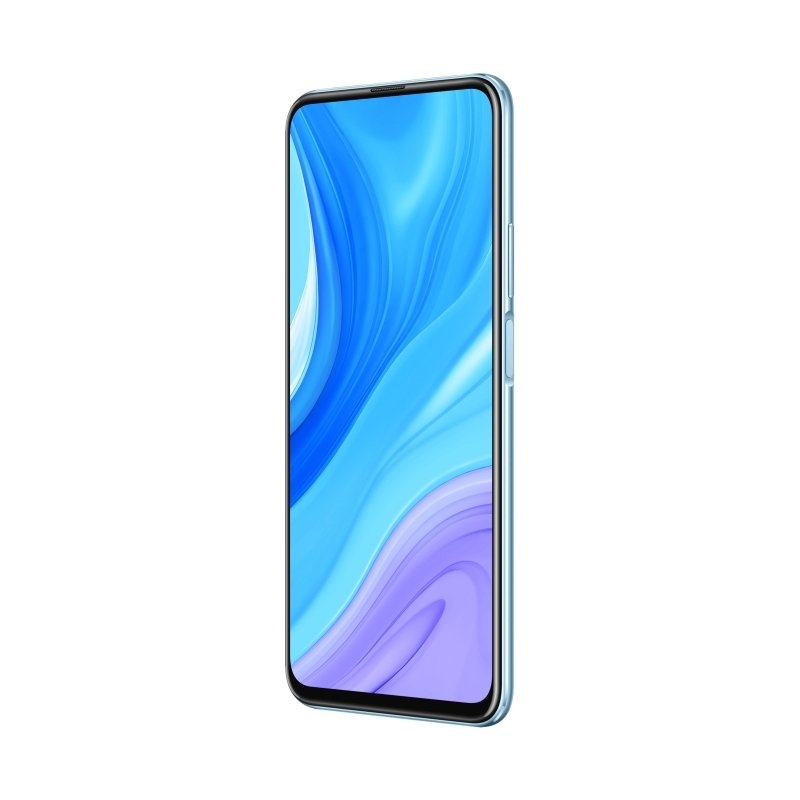
In the Huawei P Smart Pro, we find a 6.59-inch diagonal screen without any notches. It uses an IPS matrix with FullHD+ resolution (2340x1080), 19.5:9 aspect ratio and a pixel density of around 391. Visually, the screen makes quite an impression. The brightness is sufficient and the viewing angles are maximum.
Scanner
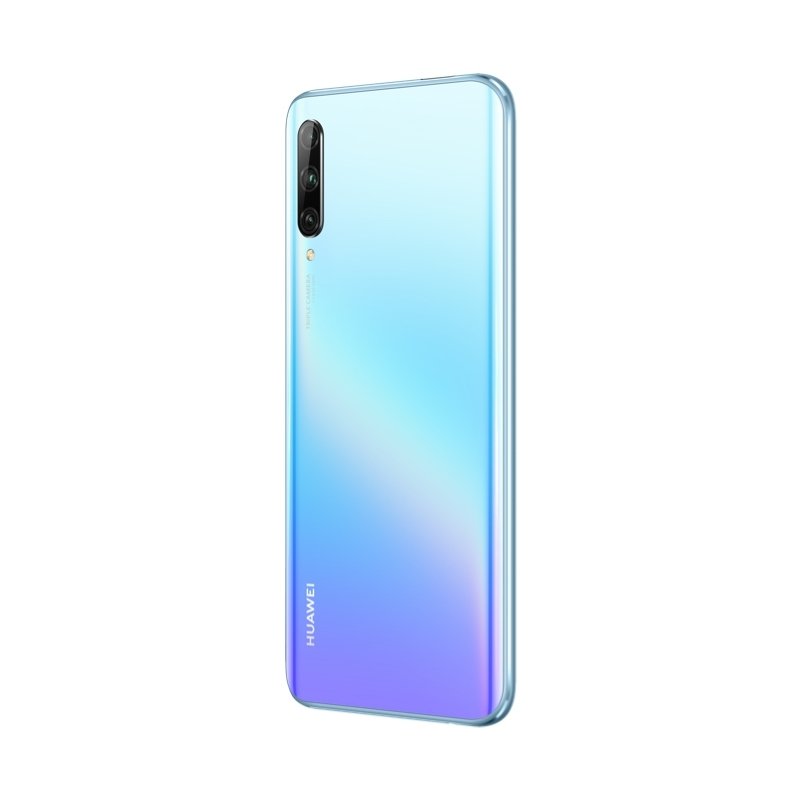
In this model Huawei broke the fingerprint scanner built into the power button. This positioning is convenient as your thumb intuitively falls on it. As for the speed and accuracy of its operation, there is no criticism of them.
Huawei P Smart Pro does not offer facial recognition technology. However, this is not a definite minus. Some users define this approach to data protection as compromised.
Performance
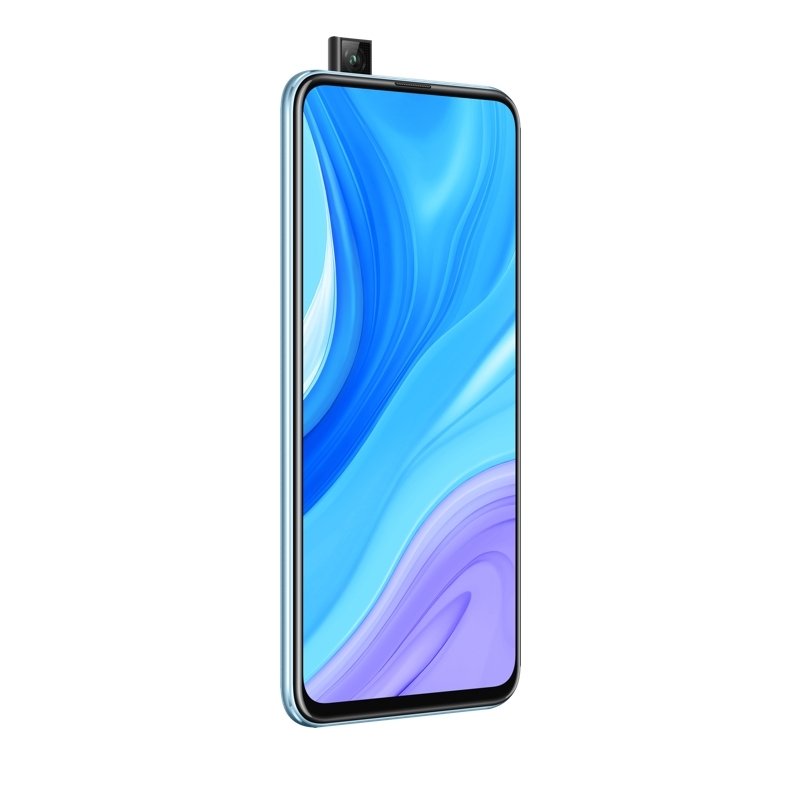
The Huawei P Smart Pro relies on a mid-range 8-core processor - Kirin 710F. It's not a state-of-the-art solution, but it does deliver performance that won't awaken an unpleasant impression in most users. The 12nm chip packs in four ARM Cortex-A73 performance cores clocked at up to 2.2 GHz and four power-saving ARM Cortex-A53 cores clocked at up to 1.7 GHz. The graphics is handled by a Mali-G51 MP4 accelerator. GPU Turbo technology is supported, which according to the manufacturer provides a performance boost of 60%, as well as lowering power costs by 30%.
Camera
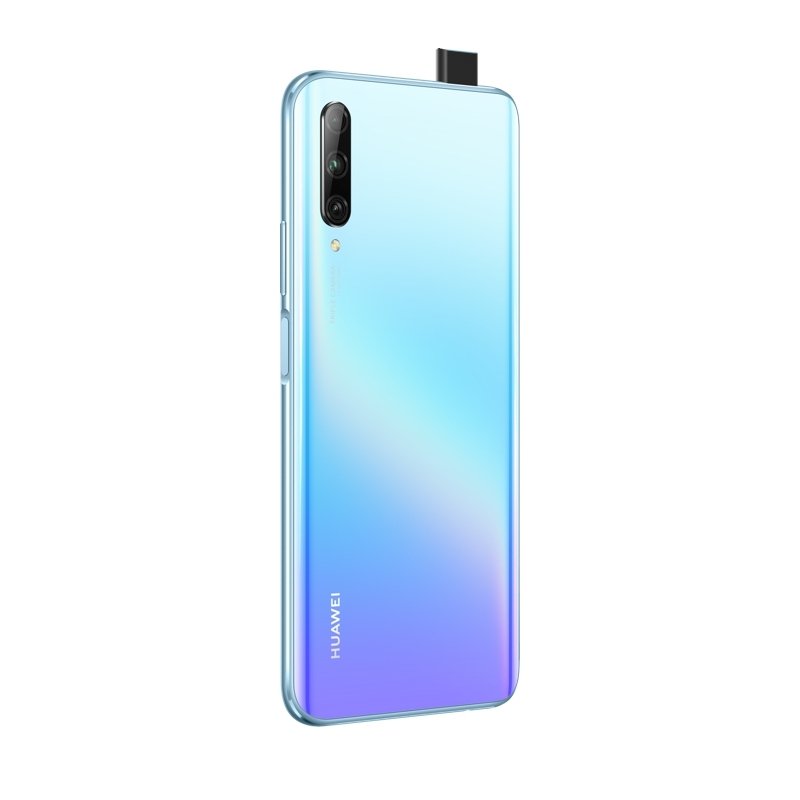
The smartphone is equipped with a triple camera with artificial intelligence (AI) support. It includes a 48 MP main camera with f/1.8 lens aperture and phase autofocus; an 8 MP ultra-wide-angle camera with f/2.4 autofocus, and a camera with an image depth sensor. The latter is 2 MP.
The front camera is 16-megapixel and supports AI algorithms.
Autonomous operation
In the Huawei P Smart Pro, the battery capacity sounds impressive - 4000 mAh. However, it is not without reason such. Look at the screen. Serious business! Thanks to the system optimization, this battery will provide you with a day of trouble-free use of the device. If you're not actively using the phone, you'll need to recharge every two days.
This Huawei model does not support fast charging technology.
Conclusion
Huawei P Smart Pro is a smartphone that will definitely catch the attention of users looking for a large-screen device. Its design is contemporary and pleasing. It looks quality made and stylish. Performance and the presence of, so to call them, civilization goodies of the NFC module type, are not irrelevant. They certainly deserve due appreciation.
A nice bonus is the fast and optimized interface. For this device segment, the Huawei P Smart Pro offers competitive features.
Huawei P smart Pro 2019 video review
Disclaimer: The information presented in this article is based on our team's personal experience with the Huawei P smart Pro 2019 and third-party sources. While every effort has been made to provide accurate and reliable information, readers should keep in mind that this is a subjective assessment. The writing of this article was not paid for or sponsored by Huawei.

